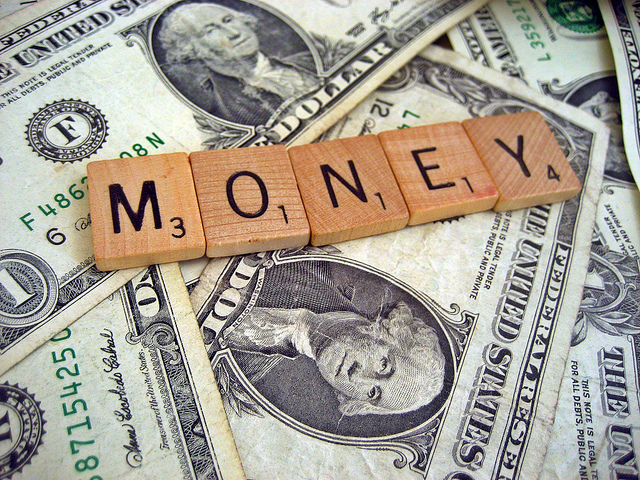
I bet being asked to donate at the register of your local store isn’t your favorite way to give. But your contribution to a valuable program that raises hundreds of millions of dollars ($358 million to be exact, according to this report from Cause Marketing Forum) for nonprofits is undeniably positive.
But the chasm between the success of these programs and their unpopularity with consumers persists.
Fortunately, it doesn’t have to be that way. Check-out-line charity programs (or pinup programs as I like to call them) can be a positive experience for the consumer and retailer.
Here are six ways to make sure shoppers aren’t put-off by your next checkout program.
Walk the walk. Consumers can sniff out insincerity and disinterest a mile away. We’ve all been at checkouts and seen the signage from corporate, the unsold pile of pinups next to the register, the listless cashier with his half-hearted request. Do you hear the air hissing out of the balloon?
If you’re really committed to supporting a charity with a checkout program, don’t just go through the motions. Involve the whole team from managers to cashiers, and instill them with a passion for the cause that will drive their efforts. Stop treating your cause campaign like a stray dog you plan to keep one night and then drop off at the pound the next day. This cause belongs to you now. Treat it accordingly.
Keep it simple – for everyone. Don’t make the ask complicated. Just one sentence. “Would you like to donate a dollar to help sick children?” “Would you like to donate a dollar to help feed a poor family on Thanksgiving.” Also, make it easy for consumers to support the cause and cashiers to process it. Have a special button on the register to easily record the transaction, or include a UPC code on the pinups so they can be scanned just like any other product in the store. Finally, bite the bullet and put the charity first. Reduce the number of asks cashiers are responsible for (e.g. “Have you signed up for our credit card?”, “Do you need batteries for that?”) so they can focus on asking shoppers to support the cause.
Avoid fatigue. If you deluge shoppers with requests to support a different cause every month they will HATE YOU. A supermarket chain I work with that did five pinup programs a year for different charities recently eliminated all of them citing shopper complaints. They blamed the program, but that wasn’t the problem. They asked too often and shoppers tired of the program. Every business is different, but I think one or two well run pinup programs a year is plenty.
Add perks for shoppers. In our pinup programs we include coupons that add value for consumers. Here’s the pitch. “Would you like to donate a dollar to help a sick child? To thank you we’ll include $175 in savings, including 10% off your next purchase here.” Some retailers will even offer an immediate discount at the register if you buy a pinup. Sometimes shoppers need to motivated to do the good thing.
Incentivize cashiers. I’ve experimented with incentives and it doesn’t take much to reward employees. A gift card to Starbucks, a pizza party for the top performing store, etc. will often do the trick. Oftentimes you can get these things donated. Bottom-line: incentives can make the difference between a good program and great one.
Try a passive program. If you think asking shoppers at the register to support a cause is too intrusive, try a passive program that doesn’t include a cashier ask. Whole Foods is a leader in these programs. They use signage on the credit card machine to woo donors. While you won’t raise as much money as an “active” program, they can definitely be more popular with shoppers.
What do you think of pinups and checkout charity? While it’s hard to argue against their lucrativeness, the pros and cons of pinups always seem to incite a lot of debate!